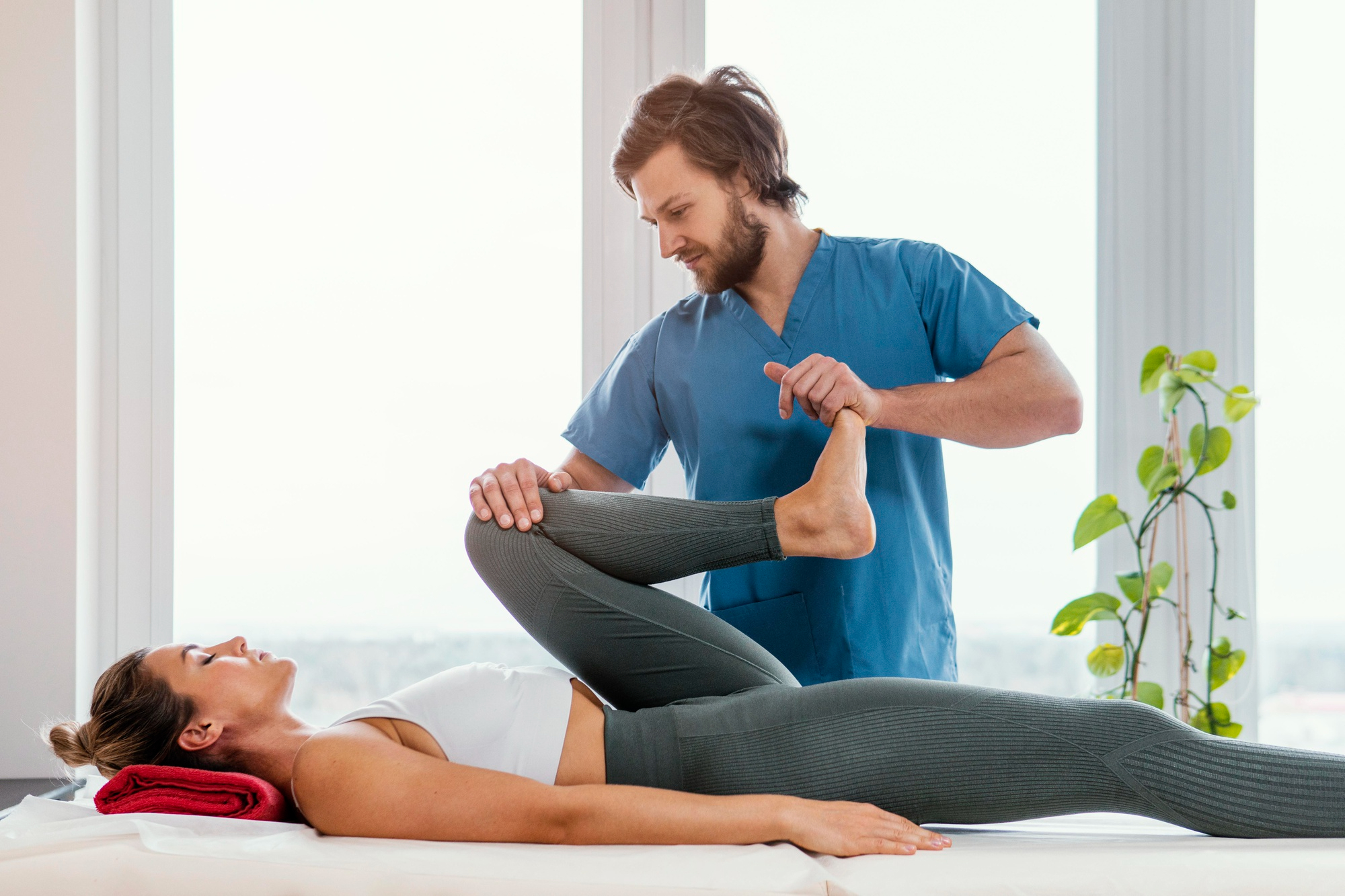
Physiotherapy for Stroke Rehab

Physiotherapy for Vascular Disease

Physiotherapy for Cardiomyopathy

Physiotherapy for Pericardial Disease

Physiotherapy for Deep Vein Thrombosis

Physiotherapy for Ischaemic Lung Disease

Physiotherapy for Coronary Artery Disease

Physiotherapy for Rheumatic Heart Disease

Physiotherapy for Hypertension
What is Cardiac Rehab Physiotherapy?
Cardiac Rehabilitation Physiotherapy is a personalised exercise and education programme. The programme is intended to assist you in improving your health and recovering from a heart attack, other forms of heart disease, or heart surgery.
Exercise training, emotional support, and education about lifestyle changes to reduce your risk of heart disease, such as eating a heart-healthy diet, maintaining a healthy weight, and quitting smoking, are common components of Cardiac Rehabilitation. Cardiac Rehabilitation
Physiotherapy aims to help you regain strength, keep your condition from worsening, lower your risk of future heart problems, and improve your health and quality of life.
Purpose of Cardiac Rehabilitation
Cardiac Rehabilitation is an option for people suffering from various types of heart disease. You may benefit from Cardiac Rehabilitation in particular if your medical history includes heart-related ailments such as, Heart attack, Coronary Artery Disease, Heart Failure, Peripheral Artery Disease, Angina, Cardiomyopathy, Bypass Surgery, Angioplasty, Heart Surgeries, Pulmonary Hypertension etc.
Importance of Physiotherapy in Cardiac Rehabilitation Program
Physiotherapy can help you improve your cardiovascular fitness with Cardiac Rehabilitation. Walking, cycling, rowing, and jogging are all low-impact activities that Physiotherapist will most likely recommend.
You should exercise at least three times per week. Physiotherapist will teach you proper exercise techniques such as warm-up and cool-down periods.
To improve your muscular fitness, you could also do muscle-strengthening exercises like lifting weights or other resistance training exercises two or three times per week.
After Cardiac Rehabilitation
After your programme ends, you’ll need to keep up the diet, exercise, and other healthy lifestyle habits you learned for the rest of your life in order to maintain the heart-health benefits. The goal is for you to leave the programme with the tools you need to exercise on your own and live a healthier lifestyle.

